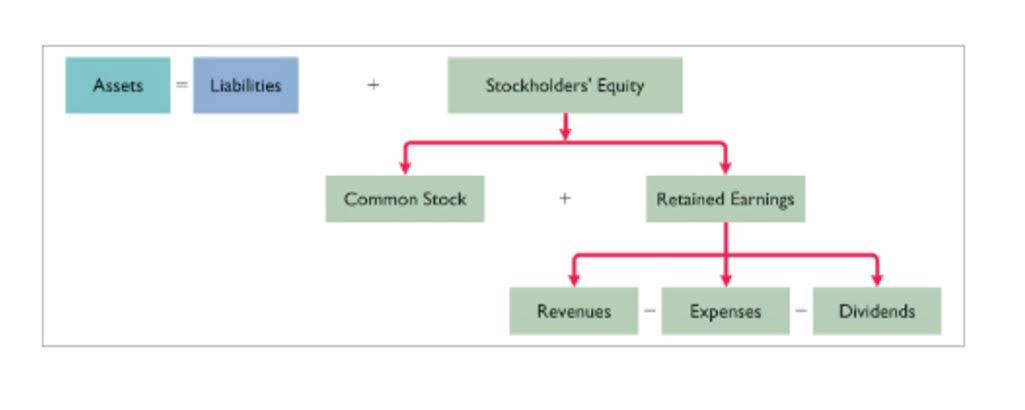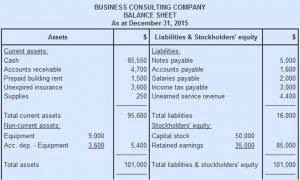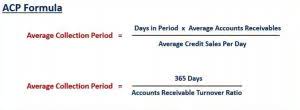
Under the asset method, a prepaid expense account (an asset) is recorded when the amount is paid. In contrast, under the expense method, the entire payment is initially recorded as an expense. Regardless of the method chosen, the goal of the adjusting entries is to ensure that the incurred or expired portion is treated as an expense, while the unused part remains in assets. Prepaid https://www.bookstime.com/ insurance is the insurance premium paid by a company in an accounting period that didn’t expire in the same accounting period. It is considered an asset and is recorded as such on a company’s balance sheet.

Prepaid expenses vs. accrued expenses
Accruals also include accrued expenses, such as wages paid to an employee, and accrued revenues, such as revenue generated in one accounting period but not recognised until a later period. Using the concept of the journal entry for prepaid expenses below is the journal entry for this transaction in the books of Company-B at the end of December. To recognize prepaid expenses that become actual expenses, use adjusting entries. To get the insurance expense for each month we will divide $1,200 by the 12 months which gives us $100. This means that for one month, say between December 1, 2022, and December 31, 2022, $100 worth of insurance is used up.
Is Prepaid Insurance an Asset?

By making this journal entry, the company will be able to record the insurance expense which has been incurred already and the part of prepaid insurance which has now already expired. The payment of expense in advance increases one asset (prepaid or unexpired expense) and decreases another asset (cash). Unexpired or prepaid expenses are the expenses for which payments have been made, but full benefits or services have yet to be received during that period. Likewise, the net effect of the prepaid insurance journal entry in this example is zero on the balance sheet. This is due to one asset increases $1,200 and another asset decreases $1,200. According to GAAP (Generally Accepted Accounting Principles), prepaid expenses should be recorded in the same period as the benefit generated.
Lease Commencement Date and Start Date for US GAAP Accounting Explained

The matching convention requires allocation of the expenditure between the asset that represents the remaining economic benefits and the expense that represents the benefits used or consumed by the firm. However, the rights to these future benefits or services rarely last more than two or three years. Some insurers prefer that insured parties pay on a prepaid schedule such as auto or medical insurance.
- For example, on September 01, 2020, the company ABC Ltd. pays $1,200 for one year of fire insurance which covers from September 01, 2020.
- For example, a company pays an insurance premium of $2,400 on November 20 for insurance coverage from December 1 to May 31.
- For example, on December 18, 2020, the company ABC make an advance payment of $6,000 for the fire insurance that it purchase to cover the whole year of 2021.
- Now if this were a short-term lease, then a prepaid asset would be recognized on the balance sheet for prepaid rent expense.
- Instead, they provide value over time—generally over multiple accounting periods.
- For example, consider a business that buys one year of general liability insurance in advance for $12,000.
- Prepaid expenses accounting involves recognizing and allocating expenses over the period they provide benefits.
- The original journal entry, as well as the adjusting entry and the relevant T-accounts, are illustrated below.
- When insurance is due for each quarter, i.e., $2,000 will be subtracted from the prepaid account and is shown as an expense in the income statement for that reporting quarter.
Businesses can leverage prepaid expenses to enhance financial stability, negotiate better terms with suppliers, and allocate resources more efficiently. Overall, prepaid expenses contribute to smoother operations, cost savings, and improved financial planning in various industries. However, if the advance payment covers a longer period, then the portion of the unexpired prepaid insurance that has not been charged to expense within one year will be https://x.com/BooksTimeInc reported as a long-term asset.
This is done by debiting the insurance expense account and crediting the prepaid insurance account. When recording the journal entry for prepaid expenses, it’s essential to recognize that these entries involve both the initial payment and subsequent adjustments. Initially, the prepaid expense is recorded as an asset, which reflects a prepaid insurance journal entry adjustments future economic benefit for the company. The entry for prepaid expenses is made by debiting the prepaid expense account and crediting the cash account, indicating that payment has been made upfront. Over time, as the benefit of the prepaid expense is realized, it is gradually expensed. This means that the expense is spread out, aligning with the period in which it provides benefits.

Record prepaid insurance with journal entry
On December 31, an adjusting entry will debit Insurance Expense for $400 (1/6 of the total cost) and credit Prepaid Insurance for $400. This process will continue each month until the entire prepaid insurance amount has been adjusted to expense. As the insurance coverage period progresses, the prepaid insurance amount begins to expire. At this point, the expired portion of the prepaid insurance expense is moved from the current asset account to the income statement under expenses as insurance expense. This is done at the end of each accounting period through an adjusting entry.











